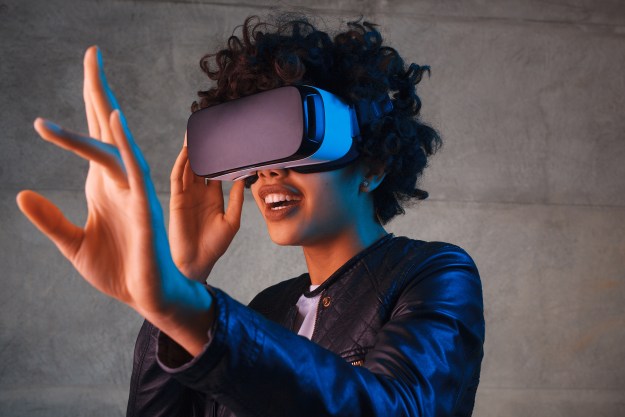In what is perhaps the most literal realization of surrealists’ goals, the idea for the VR experience first arose over a year ago from the minds of Goodby Silverstein & Partners creative directors Sam Luchini and Roger Baran. While experimenting with an Oculus Rift, the duo realized that the headset could have major implications within the art world, and got in touch with Dalí Museum, who quickly jumped on board. The resulting exhibit is an exploration of Dalí’s imagination and his relationship with Walt Disney — one that gave rise to some of the most spectacular work across both the arts and film industries at the time.
“[The museum] realized this exhibit would be a good opportunity to try and showcase a VR experience,” Luchini told Co.Create. “This is particularly true since Dali and Disney partnered together when making the short animated film Destino and individually were always looking to new ways to explore the intersection of innovation and art.”
Then, the creative directors simply had to choose a flagship piece for the virtual reality exhibit, ultimately settling upon Archeological Reminiscence of Millet’s “Angelus.” “We imagined what it would be like to be a small ant looking up at those enormous towers,” said Baran. “We immediately started researching the painting and found Dali’s quote about the painting, ‘I surrendered myself to a brief fantasy during which I imagined sculptures of the two figures in Millet’s Angelus carved out of the highest rocks.’ It was the perfect match.”
While Luchini and Baran were able to take some creative license in creating the exhibit, much of the world viewers explore is one that Dalí himself carefully constructed. “Luckily Dali recreated many of the elements in other works so we were able to accurately reflect them in our VR experience,” Luchini noted. “Technology-wise, we wanted to create a world people were free to explore as they wished and, ultimately, provided with a more engaged way to experience art.”
So don an Oculus headset and step inside the beautiful world of one of the greatest painters in history.
Editors' Recommendations
- Apple delays unveiling of mixed-reality headset, report claims
- How this new Quest VR app totally sold me on exercising in virtual reality
- Here’s what the Meta Quest Pro tells us about Apple’s mixed reality headset
- Meta wants its next VR headset to replace your laptop
- You can now high-five in VR


